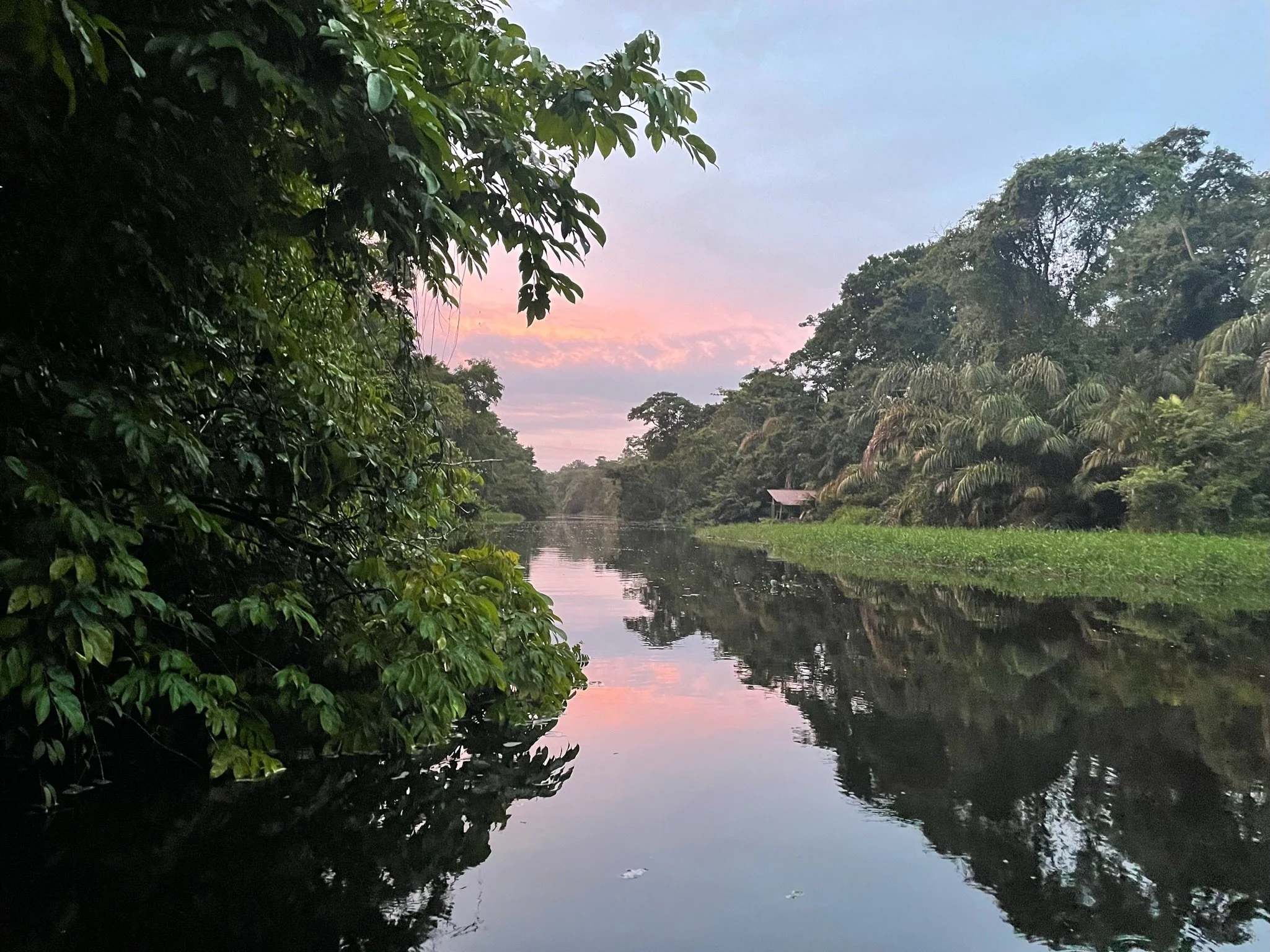About the Station
Caño Palma was created to give young biologists field experience to become leaders in conservation.
The station is a gathering place for like-minded biologists, providing daily interaction with peers and other researchers — facilitating long-lasting professional and personal connections.
What sets Caño Palma apart is the multitude of opportunities afforded to early-stage researchers — providing experience that puts them on the right track for a career in conservation.
We host volunteers, interns, and research groups
Every visitor gains hands-on experience, and has the opportunity to participate in all long-term research projects at the station. The major difference between interns and volunteers is the time commitment and level of responsibility.
We’ve also partnered with a number of universities to host their annual field courses.
Caño Palma has hosted over 2,400 interns and volunteers from 50 countries
Main station building, 1991
Station kitchen with wood burning stove, 1996
First station bathrooms, 1991
How it all began…
COTERC was founded in 1991 by the late Marilyn Cole and her former husband Ozzie Teichner.
Marilyn and Ozzie, both former zoo keepers, were studying nesting leatherback sea turtles near Tortuguero in 1990.
At the time, Tortuguero had a population of around 200 and was hardly more than a general store, a few bars, a gas station, and the entry to Tortuguero National Park. The village of San Francisco, where Caño Palma is now based, did not exist. Marilyn and Ozzie were approached by a local whom they had become friends with, who owned a plot of land along the Caño Palma (or Palma Canal in English) that he was looking to sell.
The property was nothing more than a parcel of land and a small hut inhabited by the owner. Inspired by the wildlife they saw at the property, they decided to buy. In 1991, they registered COTERC as a Canadian charity and turned ownership of the land over to the nonprofit.
From here, COTERC has developed Caño Palma Biological Station into what it is today: a place for conservation, education, and community.







